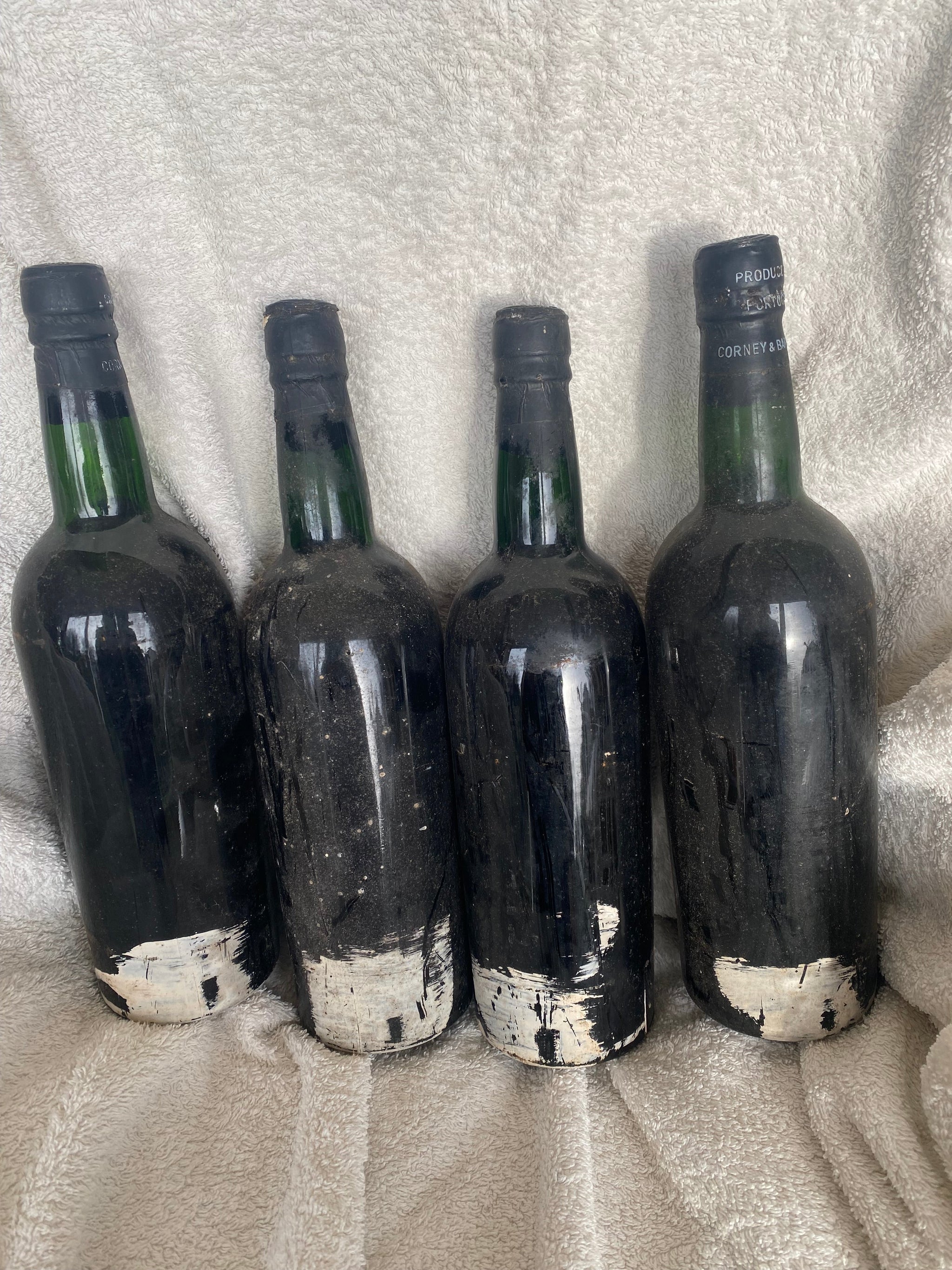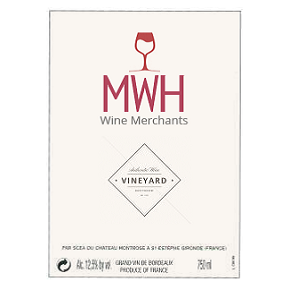Vintage Port, like all fine wines, is so much more than the sum of its parts. After all, at the most basic level all you need to make wine is some grapes, yeast and a vessel in which to make it. In Port’s case there are some added complexities in terms of production; whether to use ingenious (if quality-reducing) machinery such as autovinifiers to press you grapes or do you press by foot in a lagar? Then there’s the choice of which spirit you use to ‘shock’ the wine to arrest the fermentation, and how long the finished wine will spend in barrel. These are big decisions that will help determine the style and quality of your finished wine and which add complexity to it.
There is one other factor that makes an even greater difference though. One that is taken in partnership with nature and which is made long before pickers begin their back breaking work of traipsing up and down steep, terraced vineyards: which grape varieties are you going to use?
In common with nearly all fine wine regions, the Douro is only capable of producing brilliance using a select set of grape varieties. With its nutrient rich, moisture retaining schist (a slate-like metamorphic rock) soils, low rainfall and sometimes scorching temperatures, it’s not a place that’s suited to the production of all vines. The ones that are planted here love it and contribute to the creation of some of the most beguiling, complex and long-lived wines in the world.
In this latest blog from MWH Wines – the home of affordable fine wines – we’ll guide you through the most important grape varieties and tell you what they contribute to these unique wines. We hope you’ll find it of interest, but if you are looking for a specific Port then please do get in touch by calling Mike on 0118 984 4654 or by emailing MWH Wines here. A recognised authority on these wines, he’ll be happy to advise you on which wine is right for you.
Port Grape Varieties
The grape varieties that can be used for the production of Port are controlled by the regulatory bodies. While there are an astonishing 112 recommended and permitted varieties to choose from, the leading shippers tend to cultivate a handful including;
- Tinta Francesca
- Touriga Nacional
- Tinta Roriza
- Tinta Barroca
- Tinta Cão
- Touriga Franca
Touriga Francesa
The most widely planted variety, Touriga Francesa is a consistent and reliable producer of top-quality grapes. It has much in common with its cousin Touriga Nacional in terms of fruit-concentration and tannic structure, but it differs in many important ways. Its subtler, noticeably less intense and powerful and has a floral element to it that gives an extra dimension to the great wines of shippers like Graham and Taylor’s.
Touriga Nacional
Arguably the finest variety and one that is finding favour in California, Australia and elsewhere, this heat-loving vine is largely responsible for giving Port its weight and power. Its small, thick-skinned berries give low yields and produce dark, concentrated, tannic wines that are packed with fruit. Sometimes referred to as the muscles in vintage Port’s body, it’s a fine grape that make excellent table wines too.
Tinta Roriz
Tinta Roriz (Spain’s Tempranillo) is becoming an increasingly important variety in the production of Port. Thanks to its ability to thrive in dry years and its early-ripening nature, it is ideal for the climate change affected Douro. Drier, hotter years are leading to shorter growing seasons and Roriz is seen as a solution to this problem. Its grapes tend to give well-structured, aromatic, fruity wines that are capable of lasting for many, many years.
Tinta Barroca
Tinta Barroca gives fragrant wines that are sweet, soft and rounded. Like Merlot in Bordeaux or Grenache in the Rhône, it’s not a grape that’s noted for its high tannin content but is one that can help round out the austerity of other grapes. It also shares these grapes exuberance for producing sugar and high yields so it tends to be found in cooler areas to keep it from running riot.
Tinta Cão
One of the most ancient varieties in the Douro, Tinta Cão is extremely well-suited to the region’s hot, arid climate. Giving small bunches of tiny grapes, Tinta Cão brings acidity to the mix and adds a measure of reserve to the wines while imparting elegance over time. Again, its most noticeable in the grandest shippers’ wines, especially as they age.
Touriga Franca
Cherry toned, fresh tasting and capable of producing high alcohol wines, Touriga Franca’s home is in the Jura in eastern France where it is known as Trousseau. Dark, powerful and with a distinctive acidity, it freshens and deepens the finished wines. Traditionally a supporting player, it’s getting more attention as its charms and capabilities become better known.
Vintage Port: Greater Than The Sum Of Its Parts
As you can see from the above, making Port takes the skills of a Michelin starred chef. With each grape contributing a different element and each year giving these ingredients a slightly different set of characteristics, ensuring the end result is up to scratch is an art in itself. For Port lovers it helps explain how wines from the same vineyards, grapes and producers can vary so starkly from vintage to vintage and adds another layer of interest to these incredible wines.
Like Some Vintage Port Help?
If you are looking for a specific Port then please do get in touch by calling Mike on 0118 984 4654 or by emailing MWH Wines here.

